A foam will start to rise and form a smooth surface. This is good. If the foam suddenly billows over the side, this is a boil-over(Bad). If it looks like it is going to boil over, either lower the heat or spray the surface with water from a spray bottle. The foam is caused by proteins in the wort that coagulate due to the rolling action of the boil. The wort will continue to foam until the protein clumps get heavy enough to sink back into the pot. You will see particles floating around in the wort. It may look like Egg Drop Soup. This is called the Hot break and may take 5-20 minutes to occur, depending on the amount of protein in your extract. Often the first hop addition triggers a great deal of foaming, especially if hop pellets are used. I recommend waiting until the Hot break occurs before doing your first Hop addition and timing the hour. The extra boiling time won’t hurt.
Covering the pot with the lid can help with heat retention and help you achieve your boil, but it can also lead to trouble. Murphy’s Law has its own brewing corollary:”if it can boil over, it will boil over.” Covering the pot and turning your back on it is the quickest way to achieve a boilover. If you cover the pot, watch it like a hawk.
Once you achieve a boil, only partially cover the pot, if at all. Why? Because in wort there are sulfur compounds that evolve and boil off. If they aren’t removed during the boil, the can form dimethyl sulfide which contributes a cooked cabbage or corn-like flavor to the beer. If the cover is left on the pot, or left on such that the condensate from the lid can drip back in, then these flavors will have a much greater chance of showing up in the finished beer.
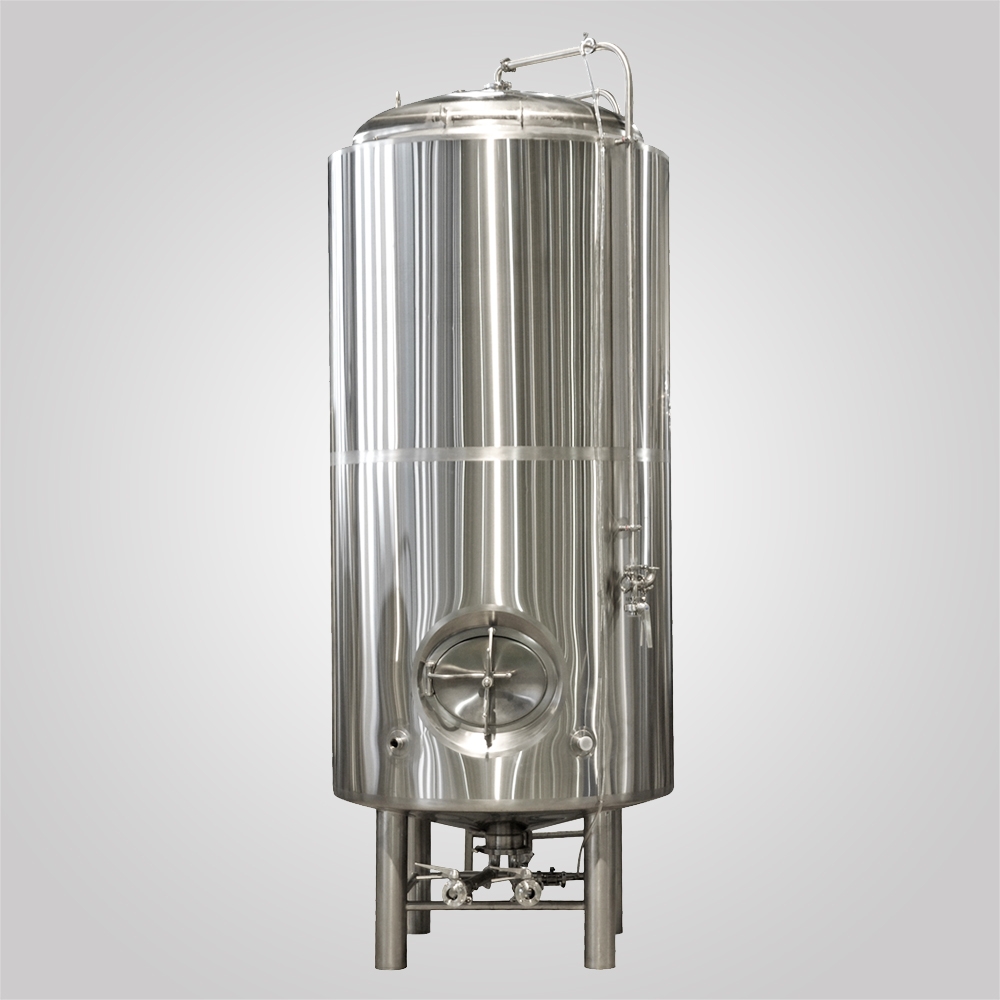
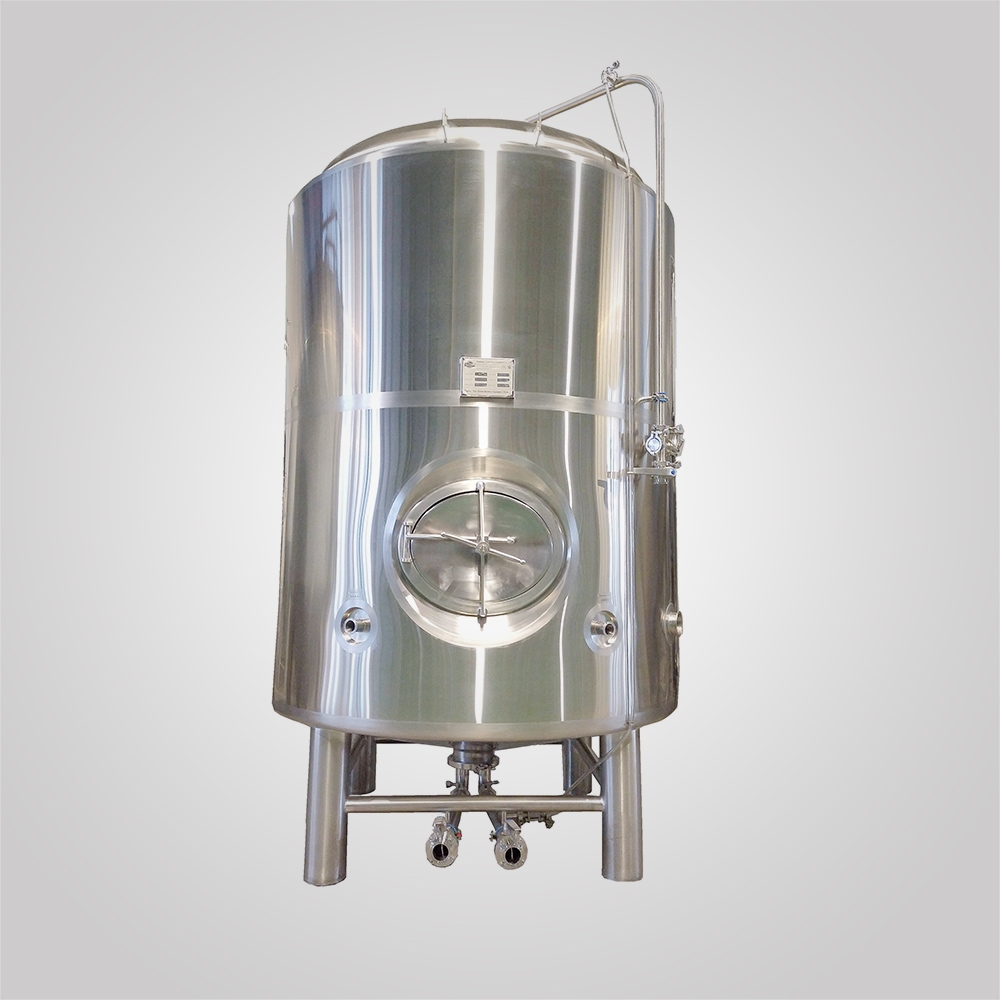
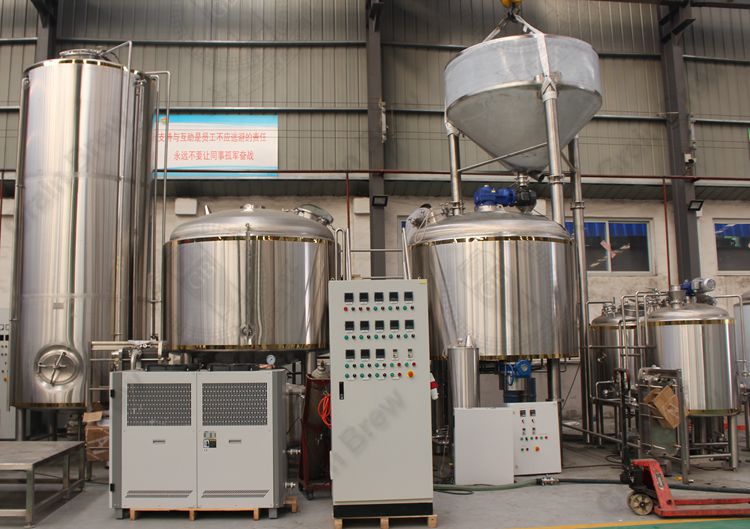
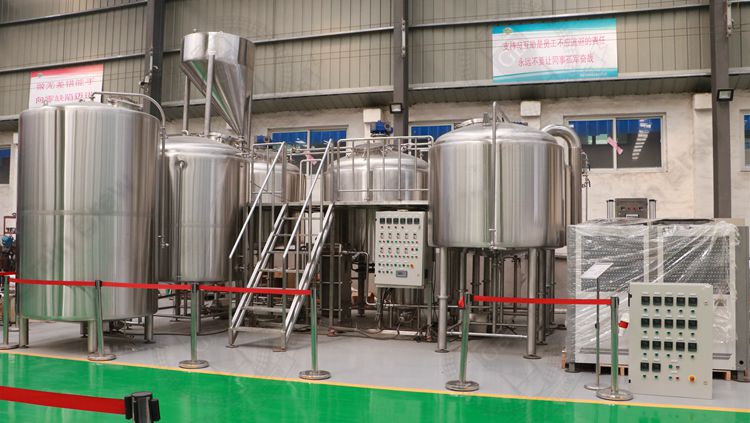
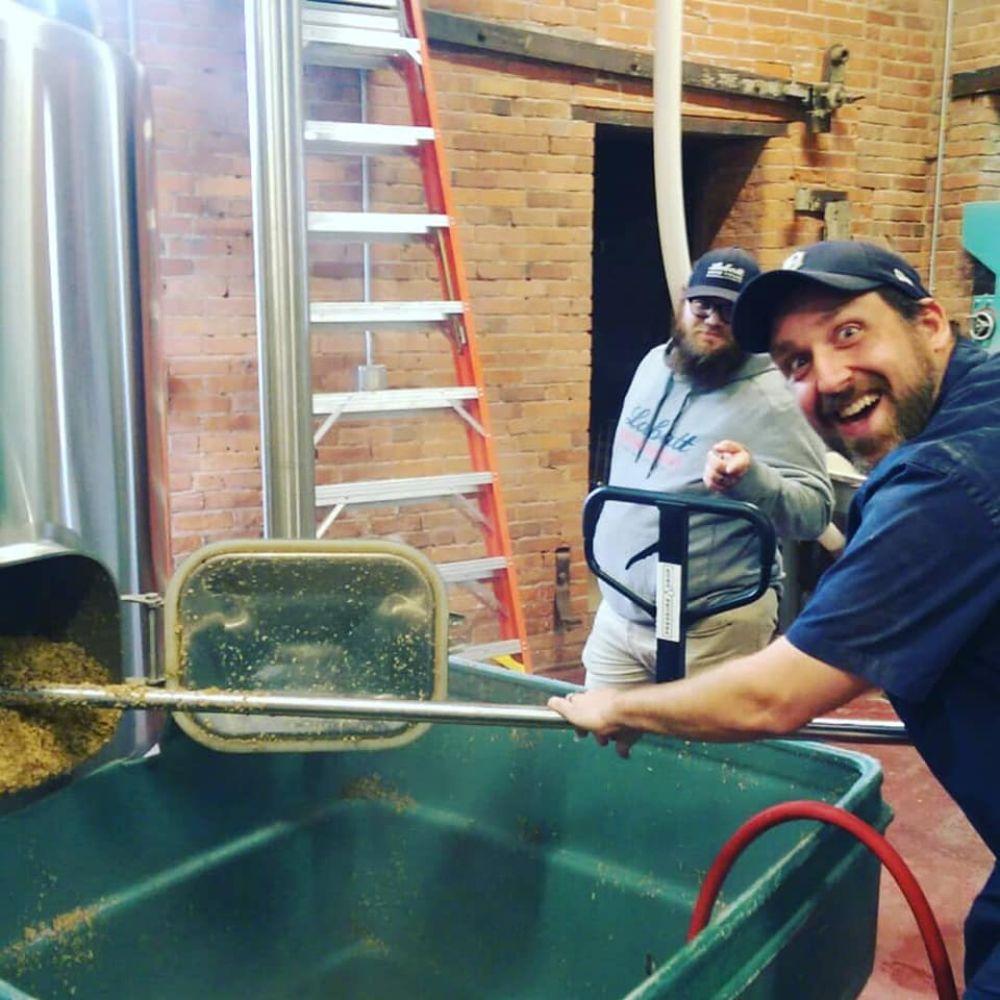
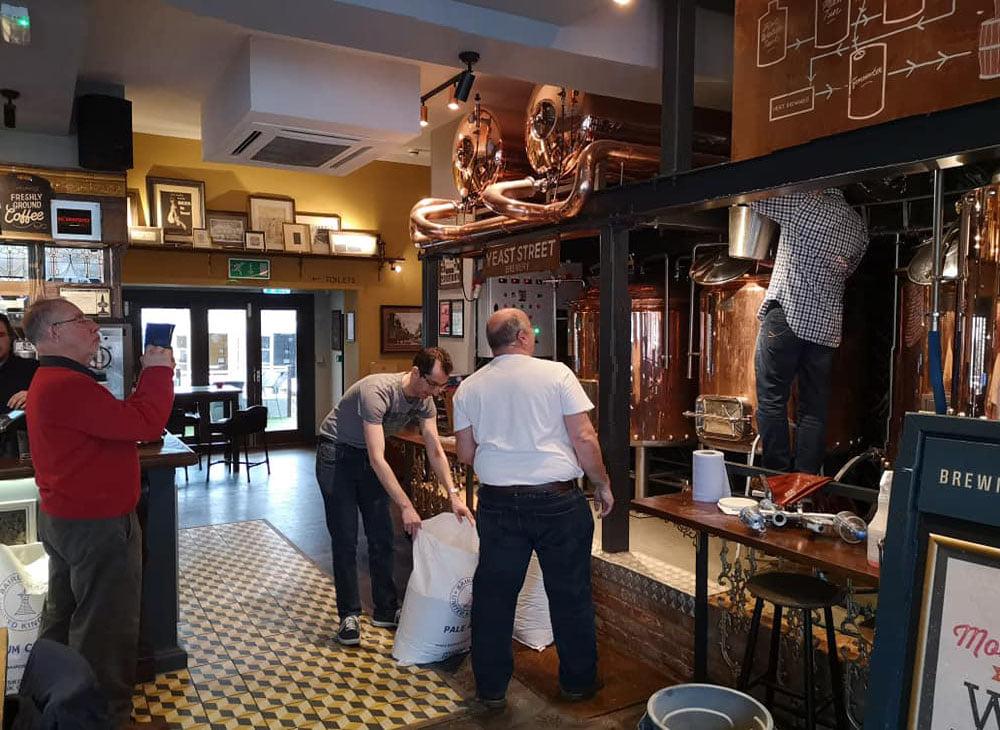

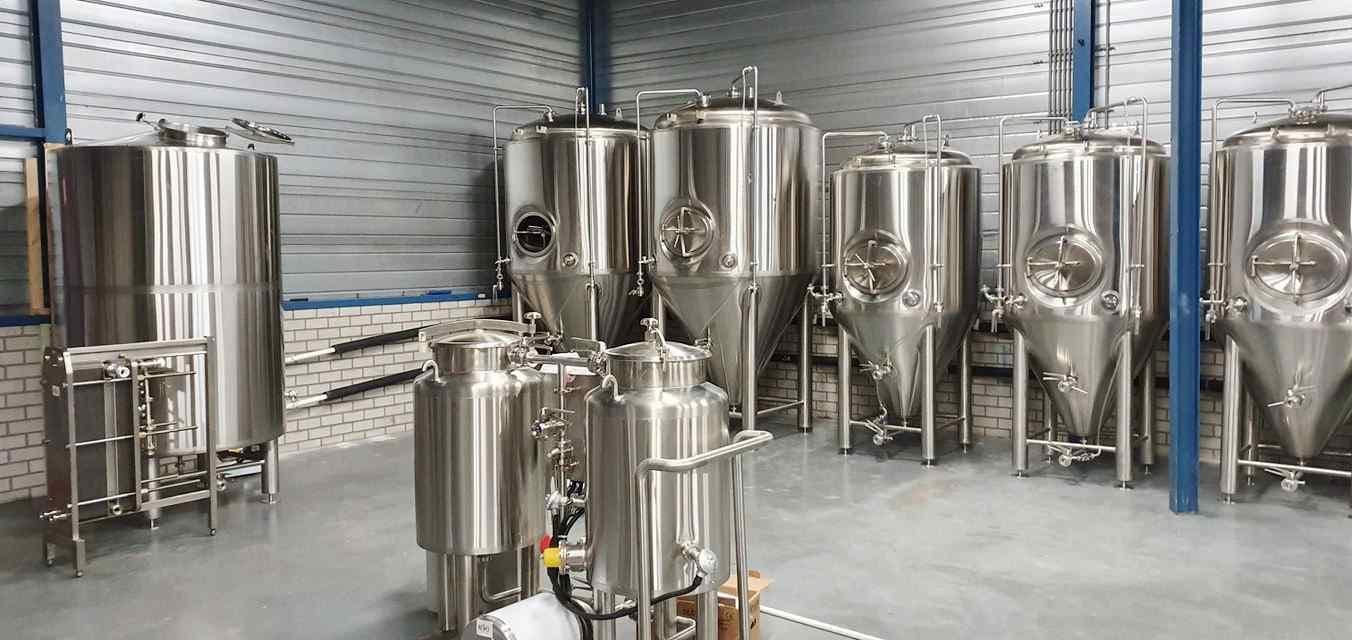
.jpg)

Leave a Comment